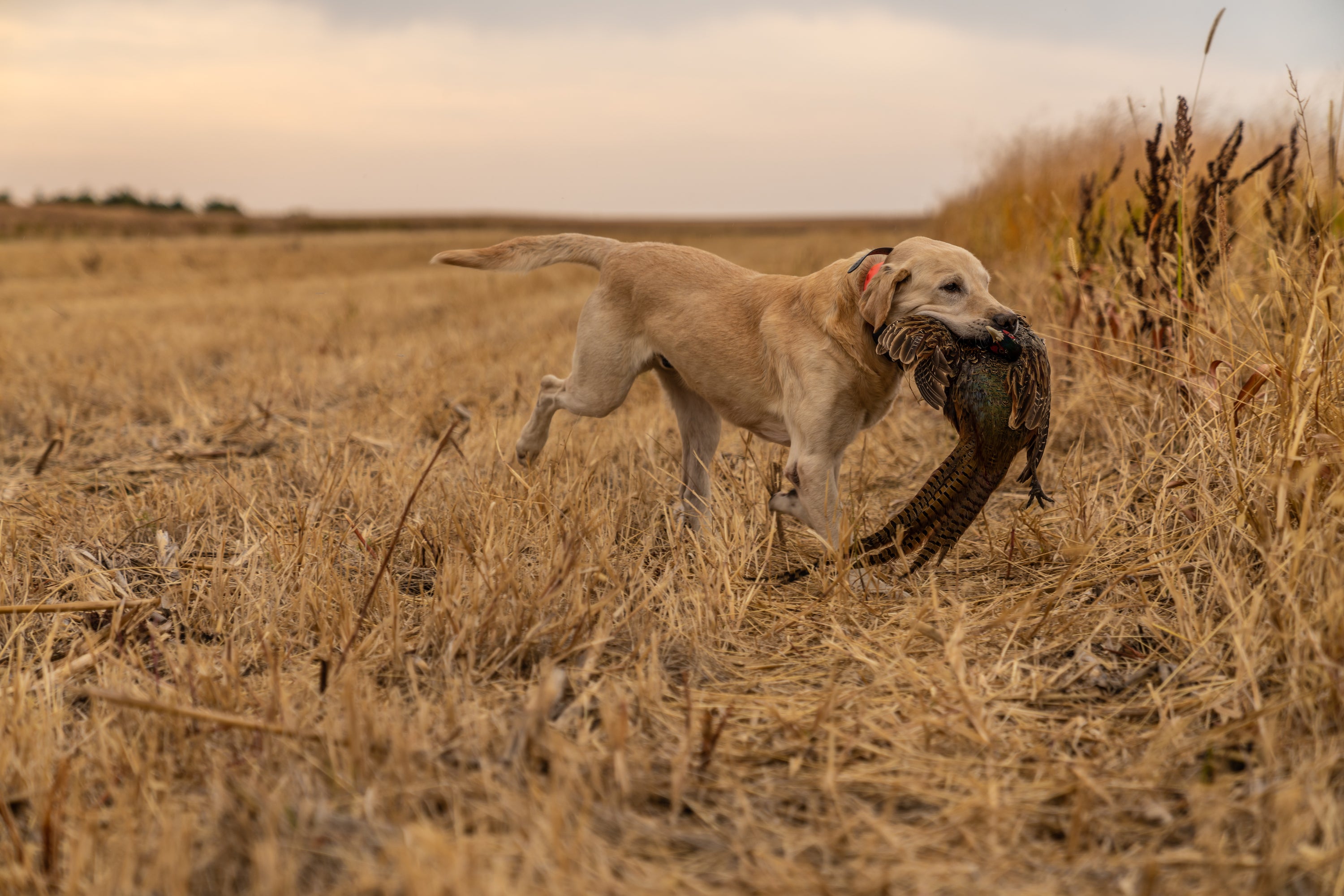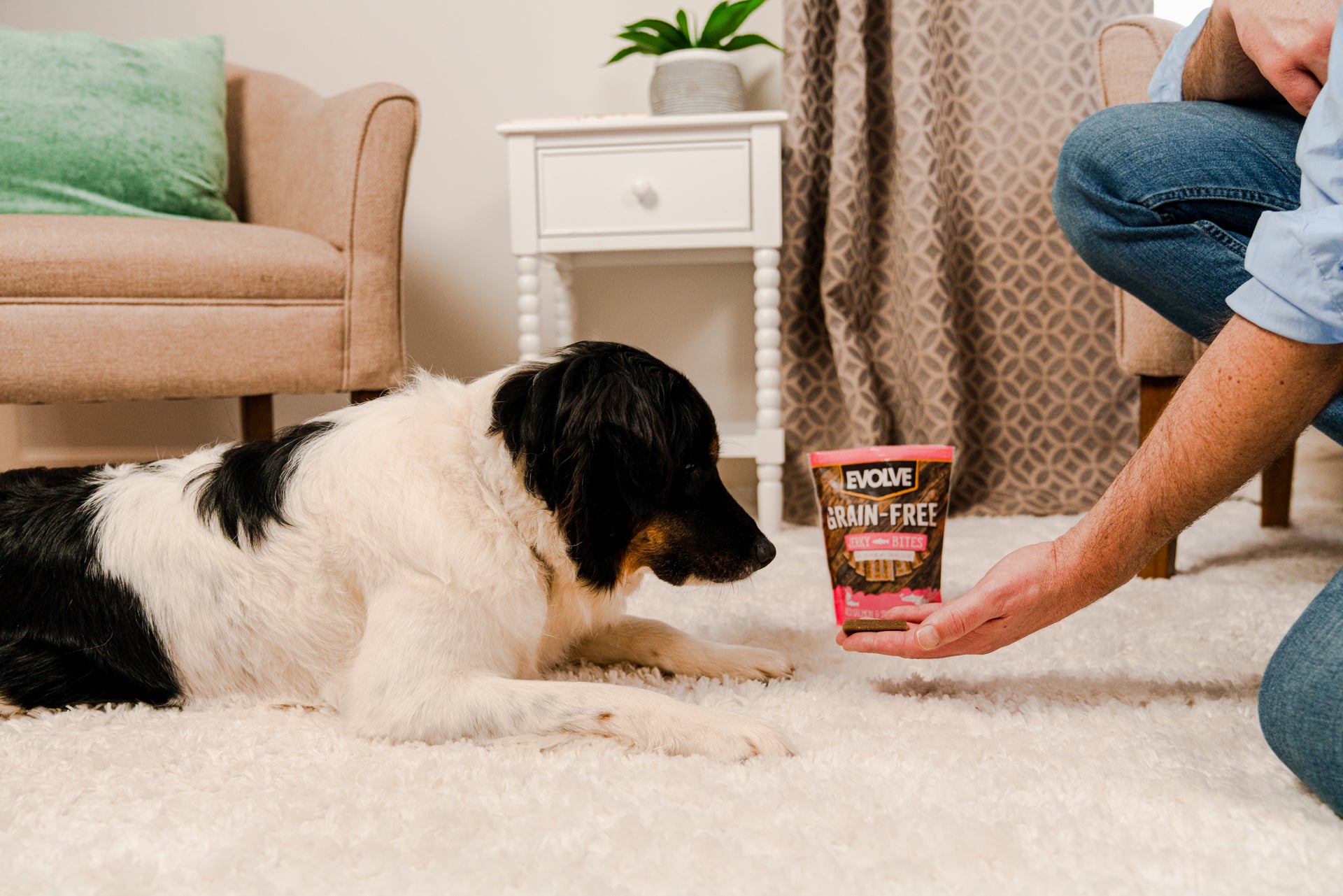HOW TO INTRODUCE YOUR PETS TO OTHER PETS
Pets are incredibly loyal creatures that form a deep bond with their owner. Because of this bond, dogs can exhibit signs of jealousy or anxiety if they are not introduced to other pets the right way.
We want what’s best for our fur friends. This means doing some research on your particular breed of cat or dog and seeing how they may react to a sibling. For example, cats are generally known to be territorial, so introducing them slowly may be the best.
Don’t be surprised if it doesn’t go well on fur-st introduction. Every animal is different, but generally speaking, there a few “rules” to introducing your pets to make sure they can cohabitate well.
CATS ARE TERRITORIAL CREATURES
Even though cats are domesticated, they are still natural predators. Have you ever heard them chatter at birds? This is a hunting technique!
As natural predators, cats believe that their living space is theirs, especially if they haven’t been socialized with other cats before. Our first reaction can be, “well, you don’t pay the mortgage, so this house is mine, not yours”, but cats still view it as theirs.
INTRODUCE CATS TO NEW PETS SLOWLY
Whether it’s a new dog or cat, slow is best. Keep your pets in separate areas, where they can’t see each other. Over the course of several days, site-swap your pets so they get used to each other’s scent. Have them eat near each other (over a nice bowl of Evolve pet food, perhaps?), while they still can’t see each other. This will help turn their scent into a positive experience for the pets. After a few days, small stints of limited visibility and shared play-time can help introduce your pets. When your pets are together, watch for negative body signs; such as hissing, ears tilted fully back, and extended claws.
DOGS ARE FRIENDLY, BUT GET JEALOUS
Our dogs can love us so much that they can make themselves sick with jealousy. On some level, pets most likely feel that they’re being replaced or threatened if we “shock” them with a new companion. If the introduction isn’t properly managed, dogs can bite out of fear, or out of anxiety.
WHEN INTRODUCING DOGS, USE A LEASH

If you adopt a dog at an animal shelter, the shelter may give you the option to have a visit with your dog and its new sibling. Using a leash, keep them separate, yet close. Avoid nose-to-nose greetings, and watch for signs of aggression such as teeth showing, growling, et cetera. Even if the dogs aren’t immediately best friends, dogs are naturally less territorial and can become friends quicker.
THE YOUNGER PETS ARE SOCIALIZED, THE BETTER
Like humans, pets will respond to new experiences, people, and other animals better when introduced at an early age. While no two animals are the same, introducing a cat to another cat at 5 months of age will more than likely go smoother than introducing a cat who is 13 to another cat. The more experiences you can expose them to, the better.
The end goal with socializing pets is always to improve the quality of the pet’s life, and with time and patience, it’s almost always worth it.











